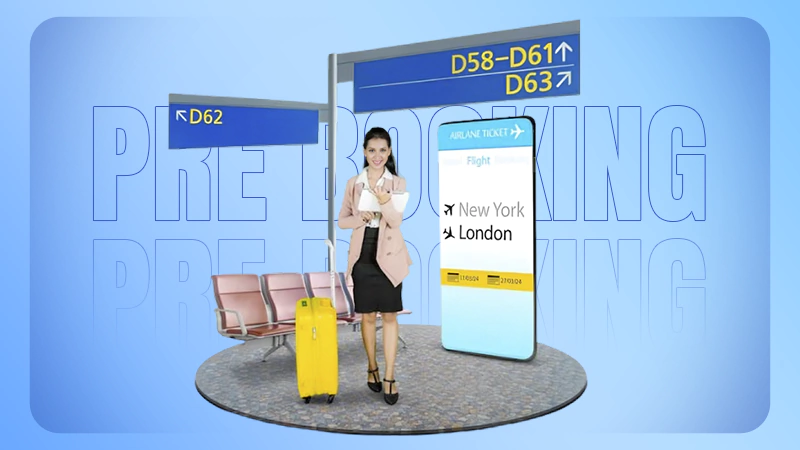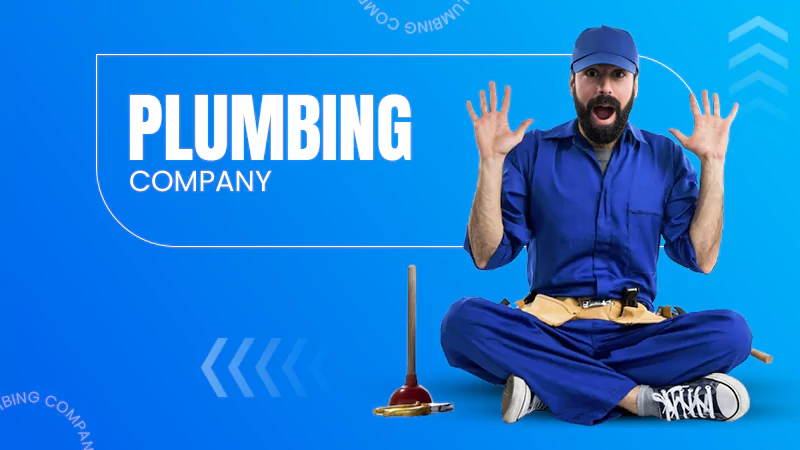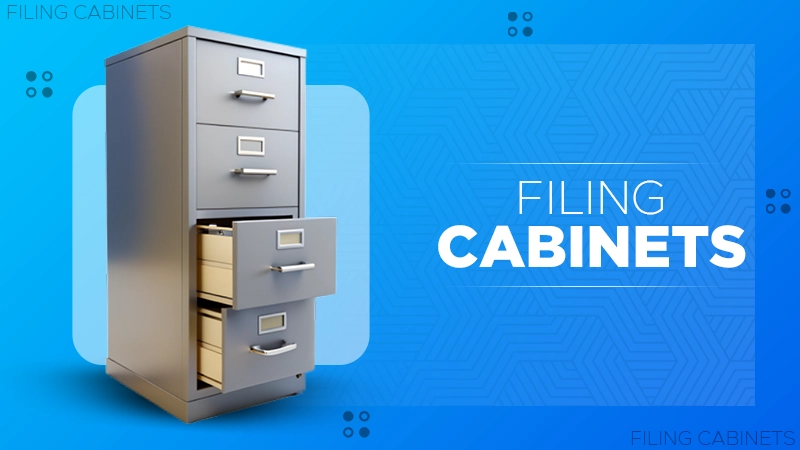What Does a UI/UX Designer Actually Do?
A sleek, attractive design that fulfills its set goals and complies with the usability principles is a secret to success. End-users can develop trust in the new product and start using it if they feel that it is convenient, addresses their pain points, and gives them satisfaction. Thus, in a struggle for loyal and committed customers and users, business owners use UI UX solutions to make their digital products more appealing, convenient, and accessible for their target audience.
Competition in the digital market is fierce. So, the sphere of UI/UX is gaining prominence, with more businesses striving to add value and visual appeal to their new product offerings. UI/UX specialists are the key team members that can make your project fail or fly by combining visual design with a perfect mix of features. Yet, the rising popularity has also caused a flood of incompetent designers to the online market. Many of them charge unreasonable rates for mediocre work.
So, how to find the right talent for the UI/UX design job? What exactly should you expect from such a professional? If you’re a business owner looking for a UI/UX designer for your development team, it’s time to see what exactly this expert can do for you and what skills you should consider when making the hiring decision.
Understanding the UI/UX Chiasm
Let’s start from the basics. Though UI and UX are fancy terms that laypersons often confuse, they stand for two distinct aspects of web design.
UI is an acronym for user interface, which is the design of your app’s or website’s layout. The UI specialist chooses colors, fonts, and grids for your digital product to make it user-friendly.
UX stands for the user experience, a subjective outcome of how well your UI designer did their job. UX is the degree of user satisfaction from using your resource, which determines the churn rate and makes consumers stay or leave.
So, based on these distinctions, one may figure out the major distinctions between these two design roles in a company.
The primary area of the UI designer’s responsibility is the user’s visual experience in the app or platform. An efficient, successful UI should be intuitive, meaning the user is not left wandering across pages and buttons to see what happens. Intuitive UIs follow pre-existing user assumptions about how things work. So, they can take users from point A to point B with a minimal number of clicks and efforts.
The UX designer, in their turn, focuses on the interactions between people and products or services you’re offering. The decisions of UX designers are made at the intersection of human psychology and web design essentials. The focus of UX is to make a web resource easy to use, relevant to the user’s goal with minimal efforts, looking logical and practical. These outcomes are achieved due to the UX designer’s hard work on competitor analysis, customer research, analysis of the product structure and strategy, and product prototyping based on the obtained data.
As you can see, UI is responsible for the tools a user has to interact with the digital product. UX, in its turn, measures how the user feels after that interaction. If the UI designer does everything right, the user will be happy and content.

Required Skills
UI/UX design is located at the intersection of numerous areas of web design. Thus, to become a UI/UX designer, you need to possess an extensive list of skills and competencies. Here are some of them. Still, the list is not final as some companies may be less demanding to beginners. Others may pose much more stringent requirements when hiring senior-level specialists:
- A proven credential in design education (e.g., a diploma from a Fine Arts school, a Design college, Engineering department, or some related department).
- Prior experience in web design (an extensive portfolio with diverse projects is recommended).
- Mastery of web design software (e.g., Adobe Creative Suite, Photoshop, InDesign, etc.).
- Knowledge of prototyping tools (e.g., Figma, Sketch).
- Basic knowledge of programming languages (HTML5, JavaScript, etc.).
- A good aesthetic taste and sense of style.
- Attention to detail.
- Strong communication skills and ability to work in diverse teams.
- Teamwork and collaboration skills.
- Attention to detail.
- Problem-solving proficiency.
Professional Responsibilities
Now let’s consider what a typical company wants from a UI/UX designer in terms of qualifications and expected job duties:
- The ability to incorporate customer feedback and key usability metrics into web products’ design to achieve superior outcomes.
- Collaboration with related departments involved in the product development process, such as product designers, engineers, and managers.
- Creation of original graphic designs and imagery in compliance with UX principles.
- Troubleshooting of UX flaws and problems, responsiveness to UX issues.
- Design of critical UI elements, such as menu components, informational elements, and controls.
- Comprehension of user requirements and their translation into style guides and patterns.
- Ability to create sleek, appealing UIs.
- Creation of user flows and wireframes.
- Advanced prototyping skills.
- Development of user-centered design with proper respect to the broader business objectives and strategies.
- Focus on the user feedback in design refinement.
Related Roles
It’s also vital to mention that UI/UX designers are not the only people working with the app’s design and development. They are surrounded by other web design experts taking the lead at different stages of the development process. For instance, the UI/UX designer frequently collaborates with:
- Visual (graphic) designer – a professional dealing with small visual details and ensuring that the resource possesses a uniform, coherent look in the end.
- Interaction designer – an expert dealing with motion graphics and animation. These experts are also responsible for the proper work of interactive elements of the UI.
- UX researcher – the one who researches the market and feeds in the data to the UX designer to inform their UX choices and decisions.
- Product designer – an expert involved in all product development stages and balancing UI/UX requirements with broader business objectives.
As you can see, the UI/UX designer’s job is all-encompassing and flexible. It needs numerous related skills and multiple areas of expertise to navigate the cross-functional web design team. So, if you have a passion for design, you have multiple areas for self-realization in UI/UX and related domains.









